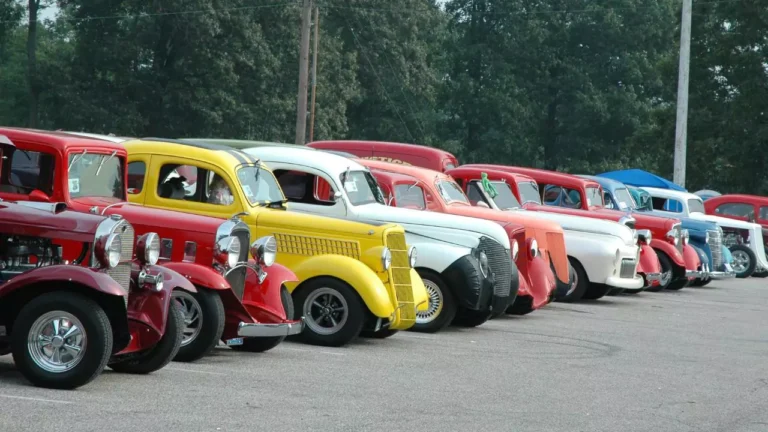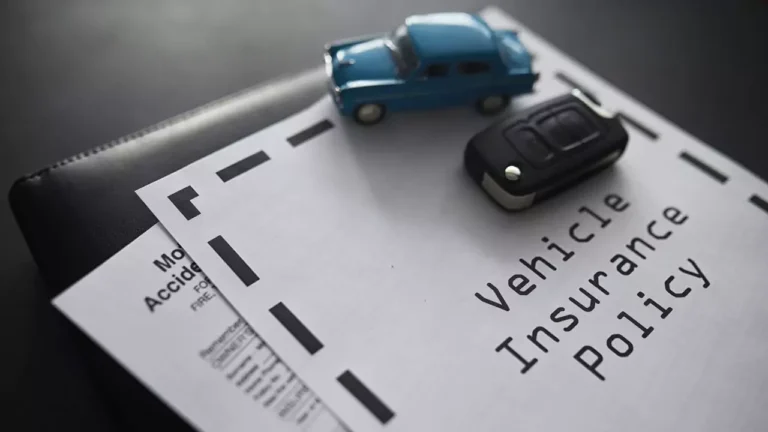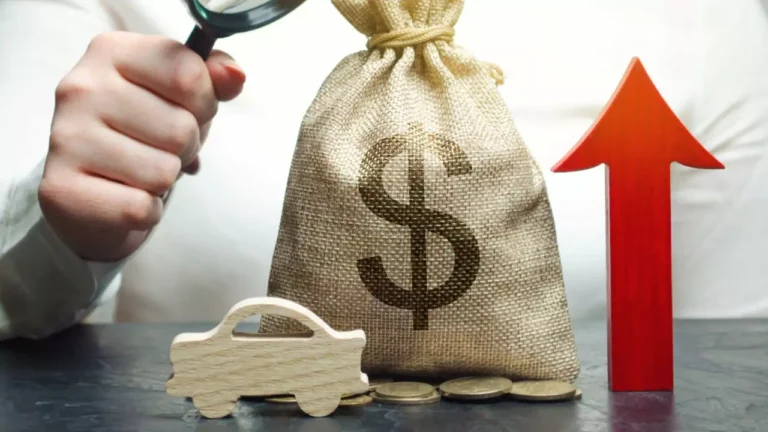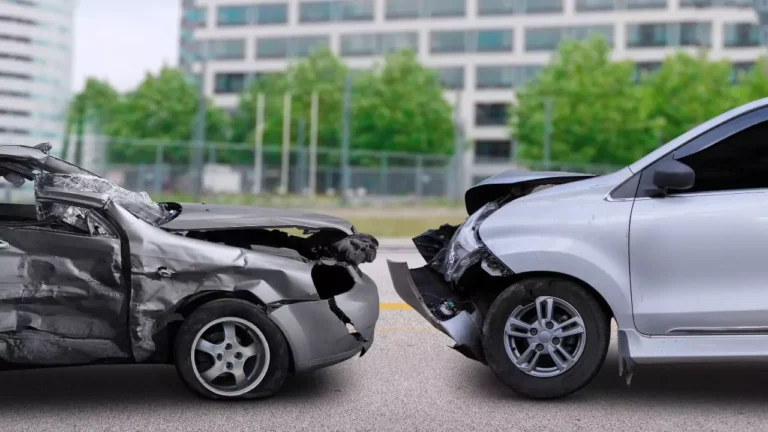Home Insurance Deductible: The Secret to Saving Money

A home insurance deductible is the amount you pay out-of-pocket for a covered loss before your insurance provider steps in to cover the remaining costs. Understanding how home insurance deductibles work and choosing the right deductible amount can help you…













